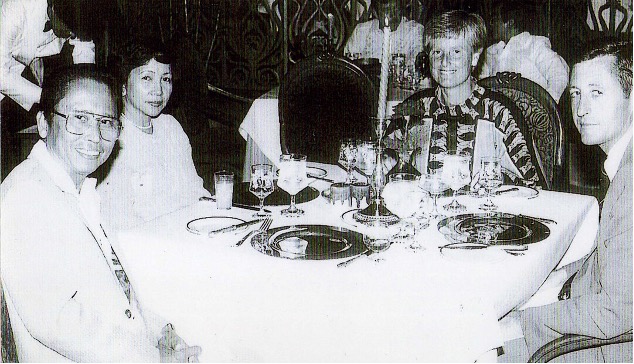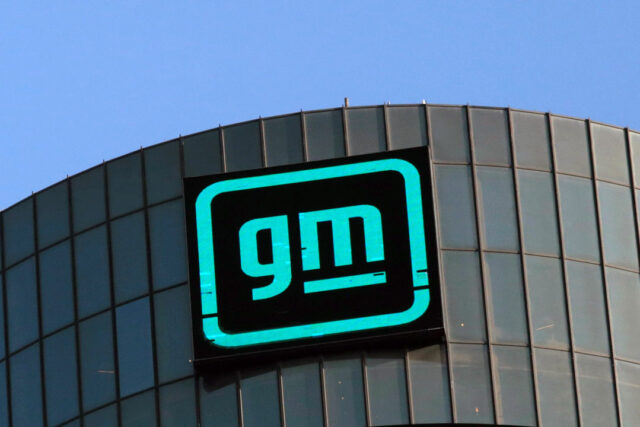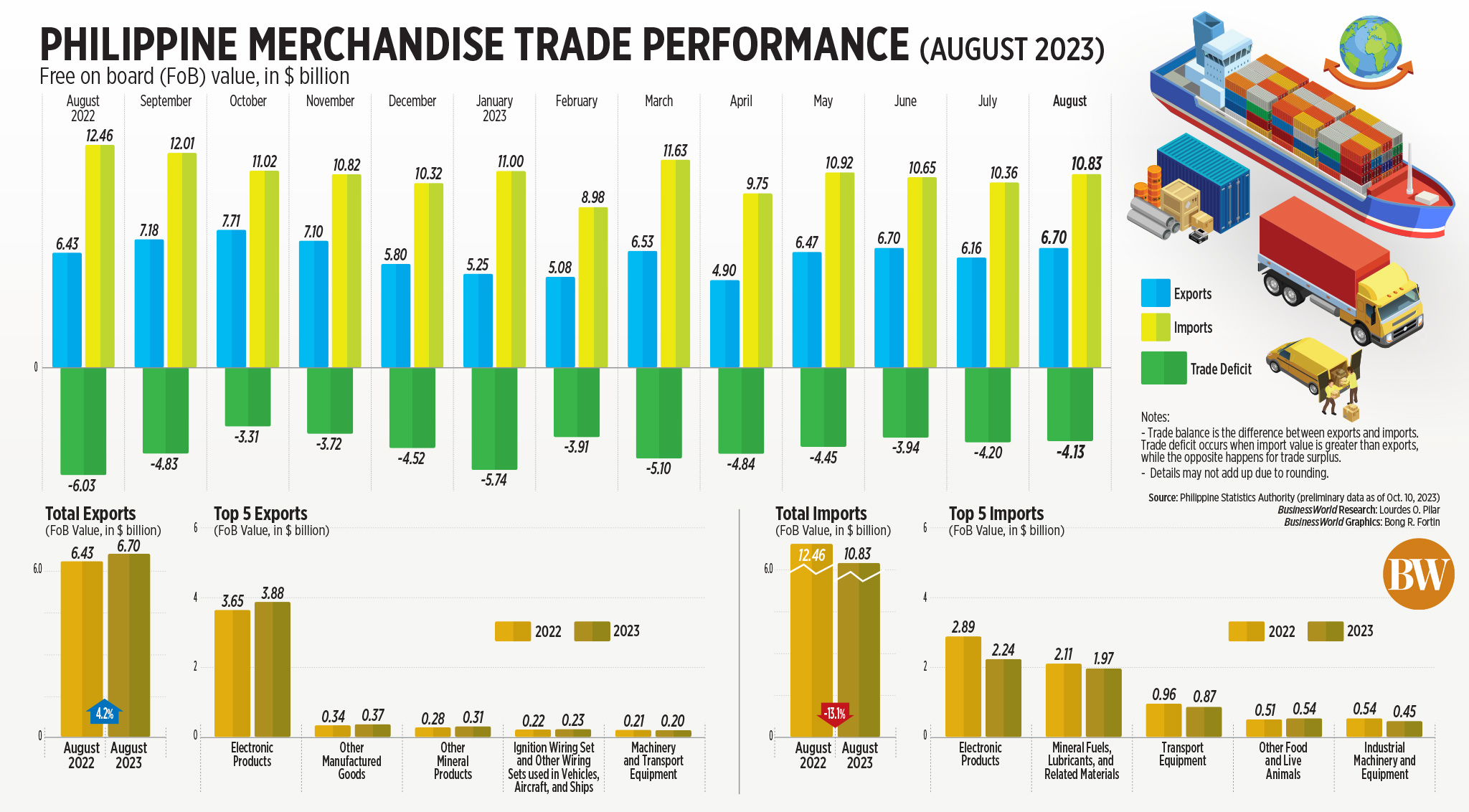Honorary Order of Sikatuna presented to East-West Seed founder Simon N. Groot
It is with great honor and pleasure that we announce the recognition bestowed upon Simon N. Groot, the esteemed founder of East-West Seed. Mr. Groot has received the prestigious Order of Sikatuna in recognition of his exceptional contributions to the Republic of the Philippines and his dedicated efforts in fostering, developing, and strengthening relations between various nations and the Philippines. Mr. Groot is the first Dutch private citizen to be conferred with this diplomatic decoration.
The Order of Sikatuna, one of the Republic’s most distinguished diplomatic honors, acknowledges Mr. Groot’s pivotal role in improving the livelihoods of millions of smallholder farmers in the Philippines and across more than 60 tropical countries.
After years of dedicated research and development, starting in the Philippines with business partner Benito Domingo, Groot introduced the first locally developed commercial vegetable hybrids in tropical Asia. Under Mr. Groot’s guidance and together with Mr. Domingo, East-West Seed has pioneered a dynamic, smallholder-centric tropical vegetable seed industry, born in the Philippines, that continues to expand globally. This was recognized in 2019 when Mr. Groot won the World Food Prize. The same year he obtained an honorary doctorate from University of the Philippines in Los Baños (UPLB).
Mr. Groot is also one of the founding members of the Philippine Netherlands Business Council (PNBC) and continues to serve in its Advisory Council to this day.
“Seeing big smiles on the faces of farmers has given me tremendous satisfaction as I can observe from these smiles that what we have done for them is really of value and meaning.”
— Simon N. Groot
Mr. Groot’s visionary approach gave rise to East-West Seed’s innovative Knowledge Transfer initiative. East-West Seed Knowledge Transfer Foundation annually trains more than 100,000 farmers in best agricultural practices for vegetable production, thereby contributing to the growth and sustainability of local communities in Asia and Africa.
Furthermore, his work has elevated both rural and urban markets for vegetable crops, making nutritious produce more accessible and affordable for countless families in the Philippines and beyond. For millions of people, Simon N. Groot’s dedication over the last 40+ years, has broken the cycle of poverty and malnutrition that often plagues farmers who rely on low-quality seeds. Through his leadership, these smallholder farmers have experienced increased yields, improved economic prospects, and better nutrition for their families.
Simon N. Groot’s receipt of the Order of Sikatuna highlights his extraordinary achievements and unwavering commitment to the Republic of the Philippines and its diplomatic relations with foreign states. We applaud Mr. Groot for his exceptional service and dedication to fostering global cooperation.
Spotlight is BusinessWorld’s sponsored section that allows advertisers to amplify their brand and connect with BusinessWorld’s audience by enabling them to publish their stories directly on the BusinessWorld website. For more information, send an email to online@bworldonline.com.
Join us on Viber at https://bit.ly/3hv6bLA to get more updates and subscribe to BusinessWorld’s titles and get exclusive content through www.bworld-x.com.















